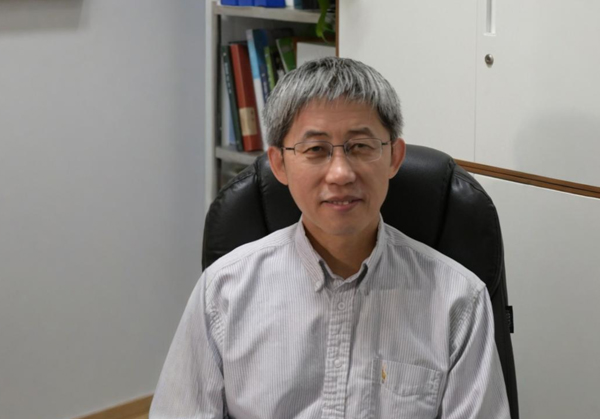Biography
Associate Professor,College of Chemistry and Molecular Engineering, Peking University (2006-now)
Postdoctoral Fellow, Harvard University and The University of Texas at Austin, USA (2001-2006)
Ph.D., Institute of Physics, Chinese Academy of Science (2001)
B.S., Dalian University of Technology(1992)
Research Interests
Electrical and Thermal Transport Properties of Organic Molecules:
The electrical and thermal conductivity of materials is one of the most intrinsic characteristics, serving as a critical foundation for specific material design and application. Recent developments in organic semiconductor devices exemplify the application of organic materials with excellent electrical conductivity. Meanwhile, understanding the behavior of charge transport at the molecular scale is a widely discussed topic. Knowledge in this area is crucial for comprehending and optimizing the electrical and thermal conduction processes of materials, which can then be applied to studies such as thermoelectric conversion, energy conservation, and emission reduction. In summary, the bonding modes of chemical bonds and the spatial configuration of electron clouds, as well as the spatial charge density distribution within molecules, are the primary factors that determine the electrical and thermal conductivity of molecules. The aim of this research is to understand and modulate the electrical and thermal properties of organic molecules, providing fundamental knowledge for their applications in energy and environmental fields.
Low-Dimensional Materials:
When the dimensions of a material in one to three directions become smaller than the average free path of electrons, the material's dimensionality decreases from three-dimensional (3D) to two-dimensional (2D), one-dimensional (1D), or even zero-dimensional (quantum dots), becoming low-dimensional materials. At this point, the materials exhibit new properties distinct from bulk materials, such as significantly enhanced electrical and thermal conductivity, stronger magnetism, etc. Low-dimensional materials can be conveniently and controllably prepared using methods like molecular beam epitaxy, allowing for the study of their electrical and thermal transport properties, as well as magnetic and luminescent properties.
Teaching
Physical Chemistry (I)
Materials Characterization Techniques

